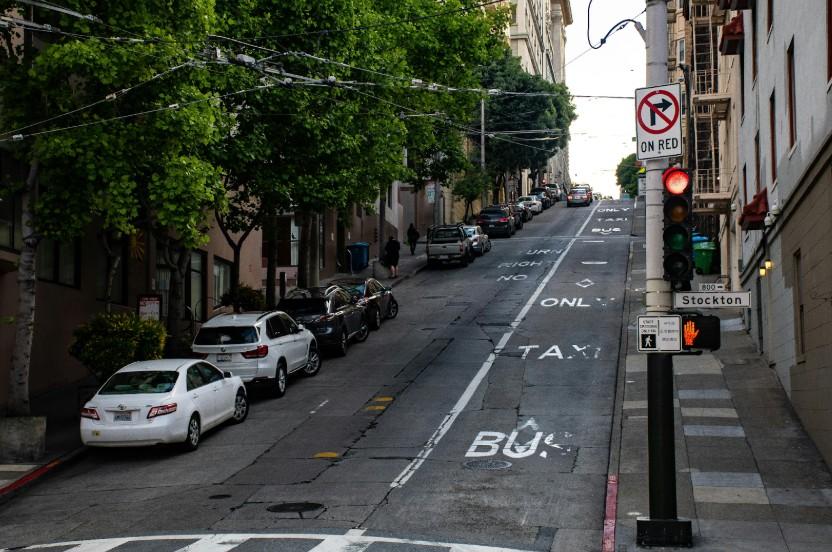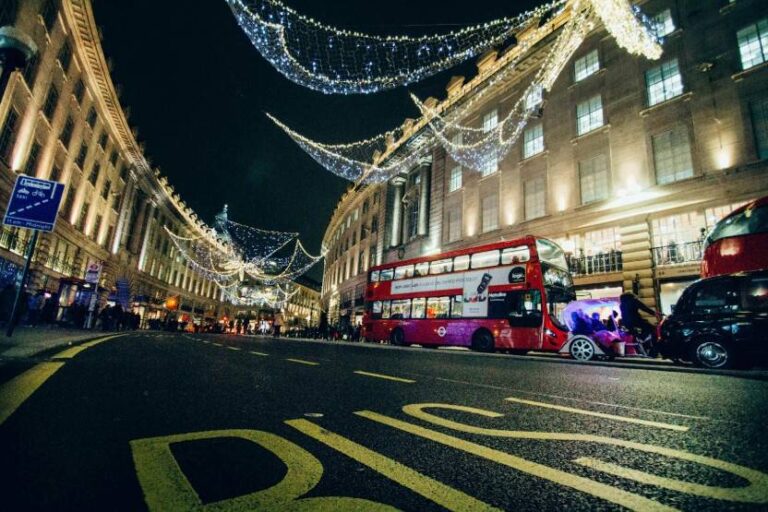You’re cruising along in your car, minding your own business, when suddenly, you see a bus lane up ahead.
Should you use it, or is it a one-way ticket to a parking fine? We’ve all been there, caught between the urge to save time and the fear of getting caught in the act.
So, let’s break it down and answer the burning question: Which road users are allowed in the bus lane?
In the world of traffic, bus lanes are a necessary but sometimes misunderstood feature.
Designed to keep public transport flowing smoothly, these lanes are meant to give buses a clear path, especially during rush hour.
But what about other vehicles? Can taxis, cyclists, or even motorcycles legally join the lane? And what about emergencies?
Keep reading for the lowdown on which road users can legally cruise through these lanes and when it’s best to steer clear.
What’s the Purpose of a Bus Lane Anyway?
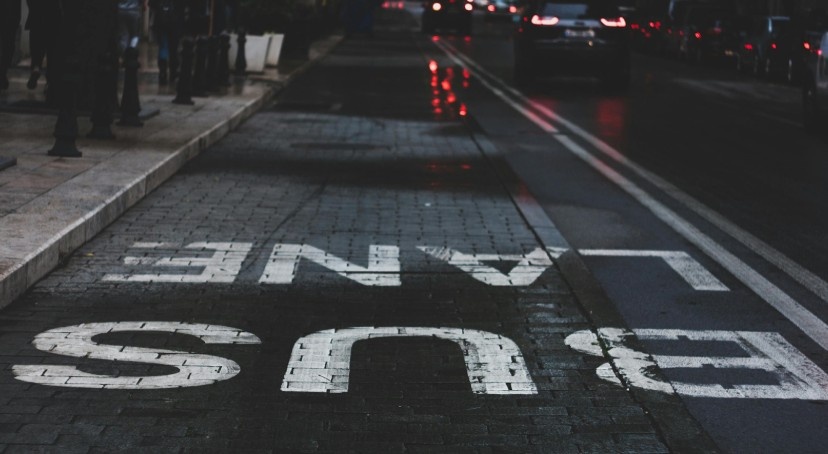
Before we dive into the rules, it’s helpful to understand why bus lanes exist in the first place. They’re designed to improve the efficiency of public transportation and reduce congestion.
During peak times, traffic can slow to a crawl, and buses might get stuck in the same jam as everyone else.
By creating designated bus lanes, cities help ensure that buses can maintain a reliable schedule, and passengers can get where they need to go on time.
But as cities grow and evolve, so do the rules about who can use these lanes. Let’s take a closer look at the most common road users allowed in bus lanes and the exceptions to the rule.
Which road users are allowed in the bus lane?
Buses – The Primary User

Let’s start with the obvious. Buses are the main vehicles that these lanes were designed for. Whether it’s a double-decker or a sleek, single-deck coach, buses get priority.
The idea is simple: when buses can move freely, passengers are more likely to use them. In turn, this helps reduce overall traffic congestion.
However, bus lanes aren’t just reserved for city buses. Some lanes allow longer-distance services, like commuter buses, and even express services during peak hours.
Taxis – A Commuter’s Shortcut
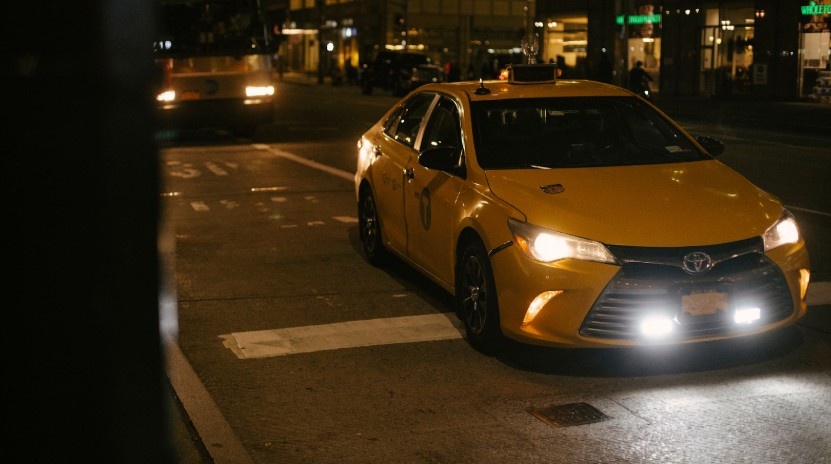
If you’re ever in a licensed taxi, you might notice your driver using the bus lane to skip past a sea of cars. In many cities, licensed taxis (including some private hire vehicles) are permitted to use bus lanes.
This rule typically applies when the taxi is picking up or dropping off passengers, so if you’re in one, you can expect a faster ride to your destination—just make sure it’s legal in your area!
However, if you’re not in a taxi or a private hire vehicle, don’t assume the bus lane is an open invitation.
Ride-share services like Uber, for example, are usually not allowed to use bus lanes unless specifically permitted by local regulations.
Cyclists – A Safe Route for Two-Wheelers
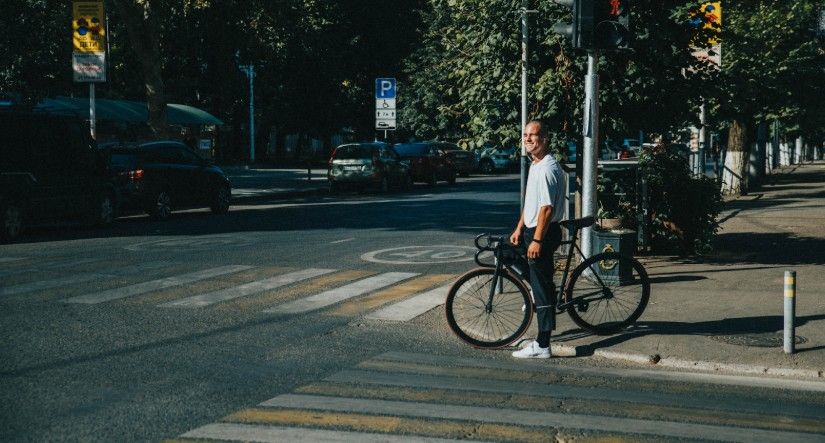
Here’s one you might not have expected: in many locations, cyclists are allowed in bus lanes.
The logic behind this is simple—it’s safer for cyclists to use the bus lane rather than share a road with fast-moving cars and trucks.
When roads are busy, this provides a safer, more efficient way for cyclists to navigate through traffic.
Keep in mind, though, that the rules can vary depending on your city or region.
Some places might have dedicated bike lanes, and in others, cyclists may only be allowed in bus lanes during certain times of the day.
Motorcycles – Sometimes, Yes. Sometimes, No.

Here’s where things get a little murky. Motorcycles are sometimes allowed to use bus lanes, but it’s not a blanket rule.
Depending on your location, motorcycles might be given the green light to zip through these lanes for better efficiency—especially in urban areas.
However, it’s always wise to check local regulations, as the rules differ widely by location.
Emergency Vehicles – Always in the Lane

Whether it’s a fire truck, ambulance, or police car, emergency vehicles always have the right to use bus lanes when responding to an emergency.
These vehicles are often equipped with sirens and lights to ensure they can get through traffic quickly.
So, if you’re ever stuck in traffic and see a police car or ambulance whizz by in the bus lane, don’t be alarmed—this is standard procedure.
What About Other Vehicles?
Now that we’ve covered the basics, you might be wondering about other vehicles.
Private hire cars, electric vehicles, and ride-share vehicles like Uber or Lyft might be allowed to use bus lanes in some places, but it varies by local rules and regulations.
You’ll want to check the signage wherever you are to know for sure.
When Can General Traffic Use Bus Lanes?
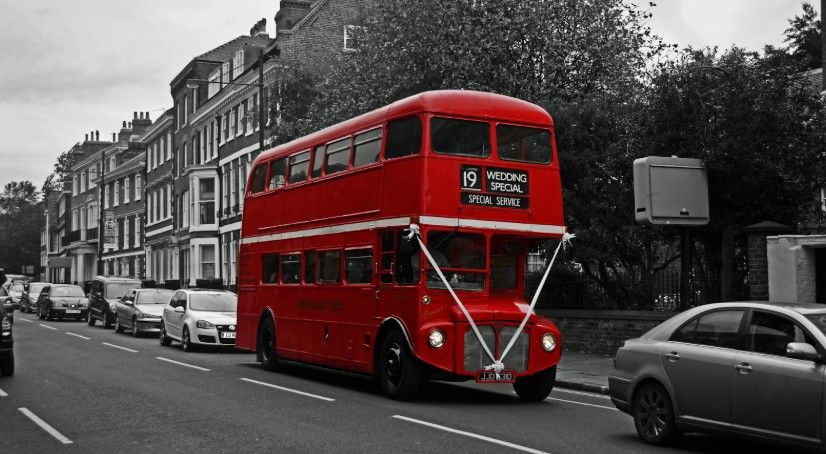
In some locations, general traffic may use bus lanes—but only for short distances. This might include situations like:
- Overtaking a right-turning vehicle: If you need to get around a vehicle that’s slowing down to turn right, you may be allowed to use the bus lane for a short distance.
- Entering or exiting a road: Some areas allow general traffic to use the bus lane for a brief stretch when turning onto or off the road.
However, these exceptions are often clearly marked with signage. Always read the signs carefully to avoid any penalties.
Why It’s Crucial to Know Your Local Bus Lane Rules
The truth is, bus lanes can be confusing, especially if you’re unfamiliar with local rules.
If you’re driving, cycling, or even walking through an area with bus lanes, it’s essential to stay informed about local regulations.
Ignoring these rules can result in hefty fines or penalties, which no one wants.
The key takeaway? Always check the signage! If you’re unsure, it’s better to err on the side of caution and stick to regular lanes.
Even if it feels like a “shortcut,” you might end up paying for it later.
Also Read: use a t3 lane without restriction
FAQ: Your Burning Bus Lane Questions Answered
1. Can I use the bus lane if I’m driving a private hire car?
It depends on where you are. Some regions allow private hire vehicles to use bus lanes, but others do not. Always check the signage before entering a bus lane to avoid fines.
2. Are motorcycles allowed in bus lanes?
In many areas, motorcycles can use bus lanes, but this is not universally true. It’s essential to verify with local regulations to see if motorcycles are permitted where you are.
3. Can I drive in the bus lane if I’m turning right?
In certain circumstances, yes. Some areas allow general traffic to briefly use bus lanes when turning right or entering/exiting a road. However, this must be clearly indicated by signage.
4. Why are emergency vehicles allowed to use bus lanes?
Emergency vehicles need to respond quickly to emergencies. Bus lanes give them a clear path to navigate through traffic, ensuring they can reach their destinations without unnecessary delays.
To Sum It All Up…
Bus lanes are a crucial part of keeping cities running smoothly and efficiently.
While buses, taxis, cyclists, and emergency vehicles generally have access, other vehicles may be permitted depending on local regulations.
Always pay attention to the signs and don’t hesitate to double-check the rules if you’re unsure. In the end, it’s all about knowing the rules and staying on the right side of the law.
And hey, next time you’re in a taxi or on your bike, remember: bus lanes are your friend—just make sure you’re following the rules!



